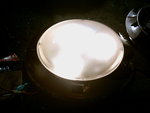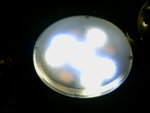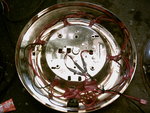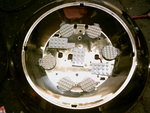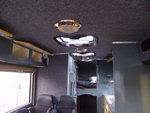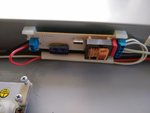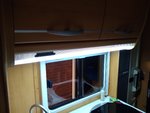alwaysared
Full Member
- Posts
- 1,624
- Likes
- 2,270
Thank you for your help, I have a multimeter but I've got hospital appointments today and tomorrow so I haven't had chance to check it out yet but there is a label that says 12v in between the switch and the switch for the extractor fan so I think it's 12v but the label may be referring to the fan switch? I'll report back asap.Hi Del, don't worry about the old tube voltage, the gear inside the fitting is the part that requires a set voltage which will in a camper normally be either nominally 12V (sometimes up to 24V) for running off the vehicle DC battery(ies) or nominally 230V AC if for use when plugged into the mains via the EHU. Just to slightly muddy the water some/most electrical control units, Zig and the like, will also provide a 12V DC supply from the EHU mains.
All that matters is whether you have 12V DC or 230V AC mains coming down the wire that feeds your existing striplight.
There may be information printed on the old unit that will tell you whether it was made to run on DC or AC but it is always possible that a lamp might have been modified by a previous owner to suit the way they used the van.
What voltage were the bulbs you have already replaced? If 12V then maybe more likely to be 12V at the striplight BUT NEVER take that for granted as mains voltage can kill or injure.
In the absence of any information the easiest next step is to just measure what is at the incoming wire supplying your striplight. Any inexpensive digital multimeter will do this job. I see they start at less than £5 on ebay but buying one locally for a bit more will allow you to judge the quality for yourself and whether you would be happy working with it.
Once you know what volts are there you can look for a suitable replacement.
I did have a quick look for a LED replacement of your length but found only 200mm to 600mm then a jump to 1200mm and longer. You might have more luck searching.
If your supply is 12V I would just do as you mentioned: strip out the existing guts and use as many lengths of those LEDs cut from a tape reel as suits your needs.
Regards,
Del
Last edited:


